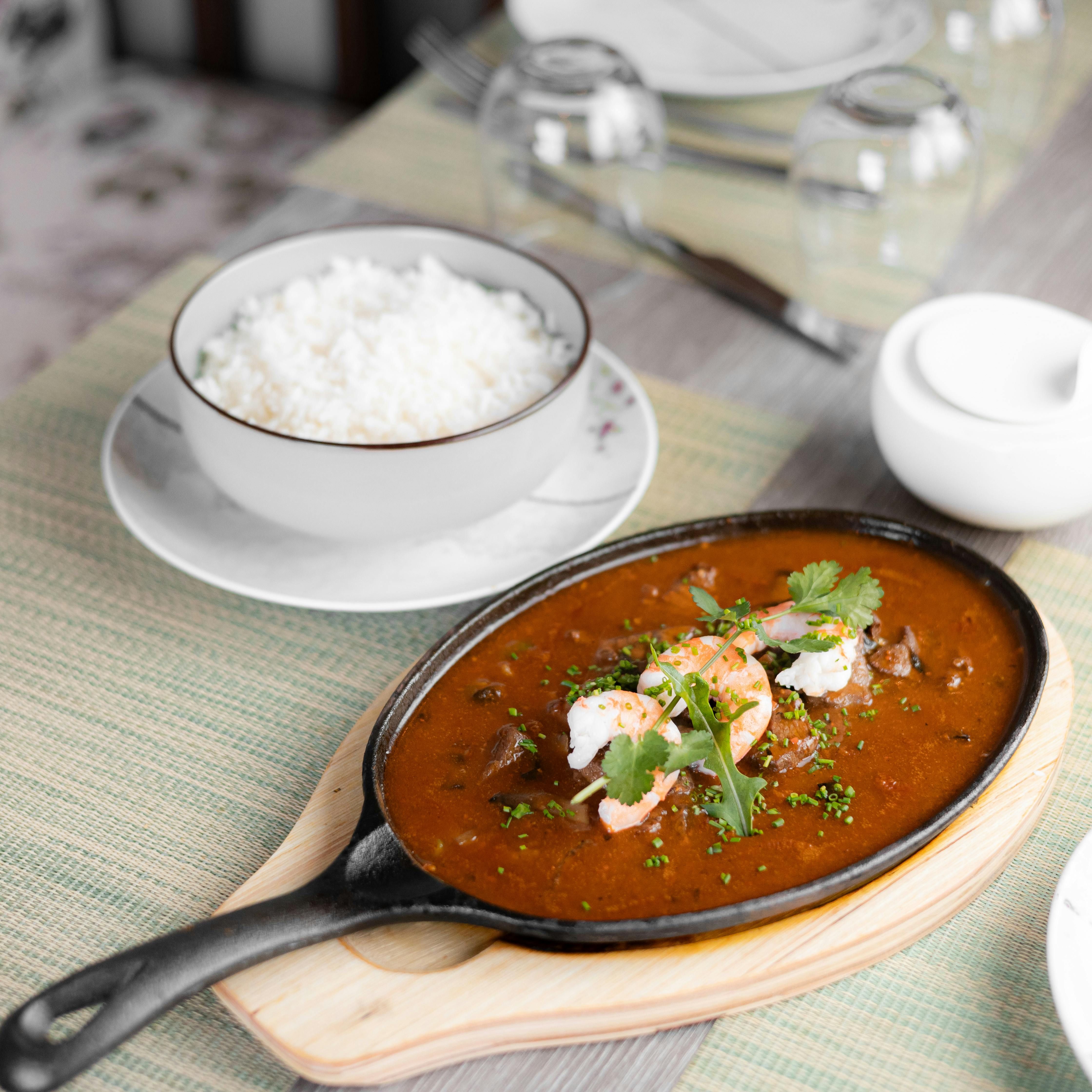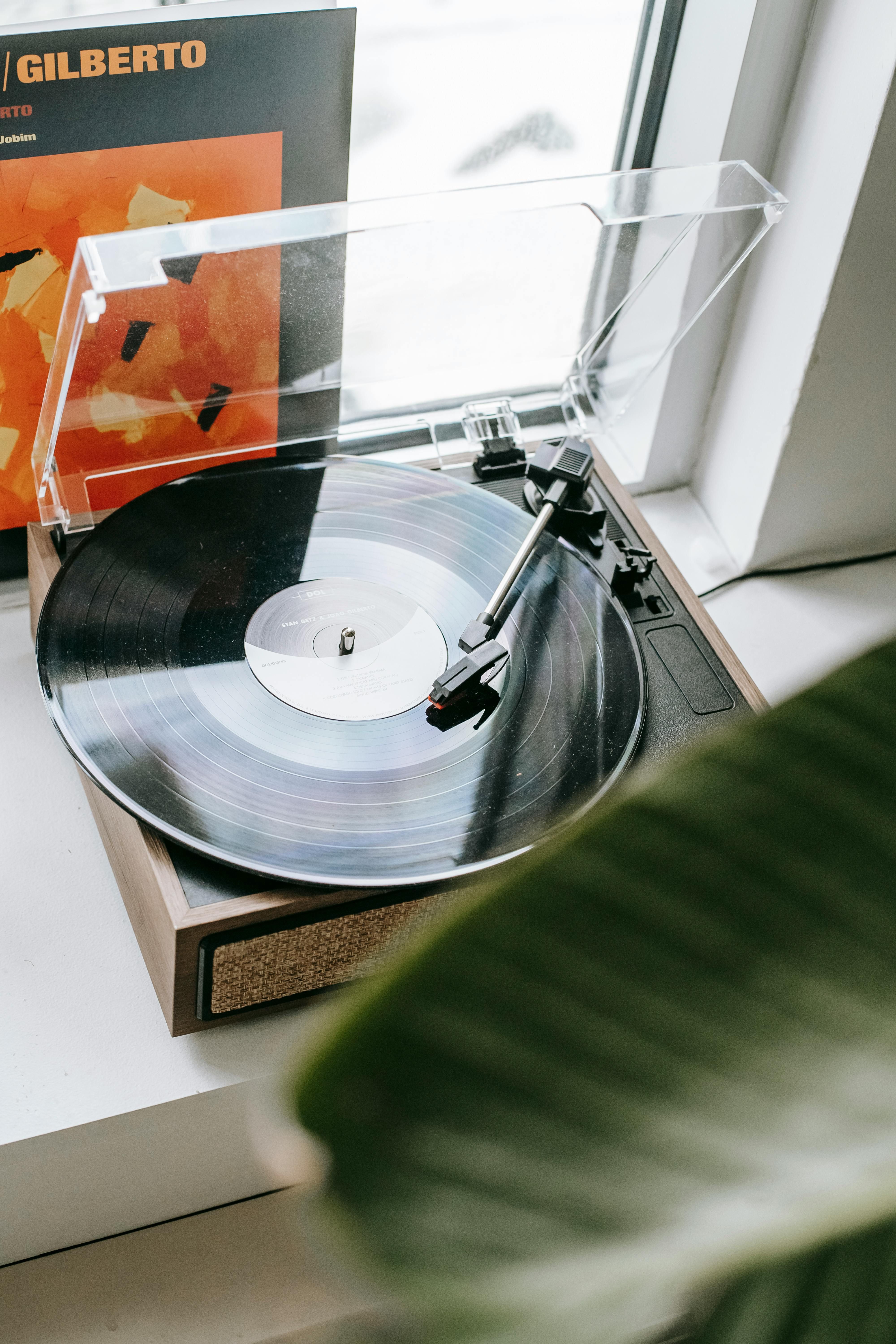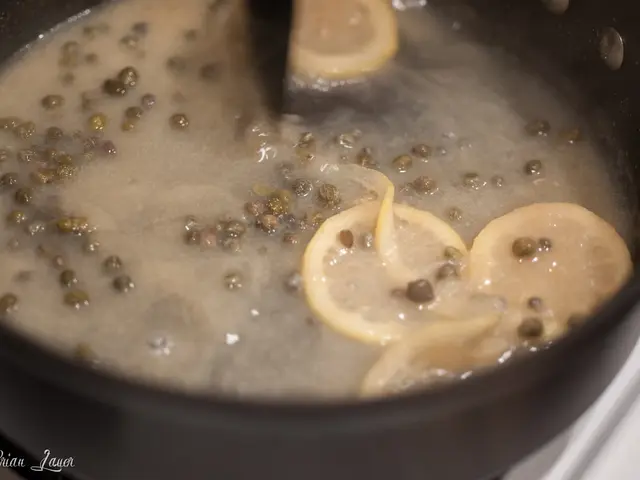Jambalaya and Étouffée: Exploring Their Distinct Characteristics
Want to know the difference between jambalaya and étouffée? Let's set the record straight!
Both dishes are culinary delights originating from the rich food culture of New Orleans. But whereas you're guaranteed a scrumptious meal with either choice, it's understandable if you want to know exactly what's on your plate or how to recreate them at home. So, here's a quick rundown on these two celebrated classics.
Cajun versus Creole
Just as there's a distinction between Cajun and Creole cuisines, jambalaya and étouffée have their roots in each of these unique culinary traditions.
Creole cooking, drawing on a diverse mix of influences like French, Spanish, African, Caribbean, and Portuguese, often incorporates a broader range of ingredients and spices. By contrast, Cajun cuisine, with its French Acadian heritage, centers on whole-animal butchery, indigenous seafood, and local ingredients. For example, in Creole cooking, the roux is made with butter and flour, whereas in Cajun cooking, it's oil and flour, resulting in a darker roux.
One difference that may catch your eye is the inclusion of diced tomatoes in Creole étouffée, which is absent in Cajun jambalaya. Also, jambalaya is cooked by browning the meat in the pot first followed by adding other ingredients, while étouffée is simmered slowly with the meat and seafood already cooked.
The holy trinity, roux, and rice
Both dishes use the beloved "holy trinity" of onions, bell peppers, and celery, which are the foundations of many iconic Louisiana dishes. The thickener, roux, is used in étouffée but jambalaya eschews it. And while rice is a main component in both dishes, étouffée is effectively a sauce or thick gravy served over rice, while jambalaya is a rice dish akin to paella.
Meat and seafood
Shrimp, crawfish, and crab are popular seafood choices in étouffée, with meat variations such as chicken, rabbit, and sausage also possible. On the other hand, jambalaya features a mix of ingredients like andouille sausage, chicken, smoked ham, and shrimp.
So there you have it—a primer on distinguishing jambalaya from étouffée. Whether you're a food connoisseur or a home cook, you can now impress your friends or delight your family with these traditional Louisiana dishes.
Let's get cooking with these delicious jambalaya and étouffée recipes!
1. Chicken and Andouille Jambalaya
Imagine a rich, layered flavor explosion from this Cajun delight that puts together bold spices with snappy andouille sausage, smoked ham, and chicken thighs.
Get our chicken and andouille jambalaya recipe.
2. Chicken and Sausage Jambalaya Breakfast Burritos
The magic of this recipe is that it serves as a versatile dish that can transition seamlessly from dinner to breakfast. All you need to do is add shredded cheese and wrap the jambalaya in a warm flour tortilla.
Get the chicken and sausage jambalaya breakfast burritos recipe.
3. One-Pot Jambalaya Pasta
If you're a fan of The Cheesecake Factory's Jambalaya Pasta, you can recreate the flavor at home using spaghetti or linguini instead of rice, making it a convenient, one-pot meal.
Get the one-pot jambalaya pasta recipe.
4. Jambalaya Skewers
Take your jambalaya game to the next level by reinventing it as delectable, smoky skewers on the barbecue.
Get the jambalaya skewers recipe.
5. Classic Crawfish Étouffée
Indulge in the rich, savory goodness of crawfish étouffée without an iota of guilt. Shrimp and lobster can also be used if crawfish is hard to come by.
Get the classic crawfish étouffée recipe.
6. Shrimp Étouffée Risotto
Why stick to traditional rice when you can create a creamy risotto with Arborio rice instead? This tantalizing twist on étouffée is perfect for special occasions.
Get the shrimp étouffée risotto recipe.
7. Crawfish Étouffée Pie
Repurpose any leftover étouffée into a mouthwatering, savory pie with a crispy, flaky crust.
Get the crawfish étouffée pie recipe.
8. Mushroom Étouffée
Although vegetarians might rebel at the idea of a vegetarian étouffée, this innovative version manages to capture the essence of the dish thanks to the inclusion of oyster mushrooms.
Get the mushroom étouffée recipe.
tl;dr
While it's quite possible to mix up jambalaya and étouffée, understanding their core differences will help you appreciate and order these beloved dishes like a true New Orleans native when you're out and about or whip up a fabulous home-cooked meal for your family and friends. Happy eating!
- Cajun jambalaya and Creole étouffée, originating from the rich food culture of New Orleans, have distinct differences, with jambalaya often including rice, sausage (such as andouille), chicken, and seafood, while étouffée primarily features a variety of seafood.
- To recreate these dishes at home, it's helpful to understand the differences in cooking methods: while jambalaya is cooked in one pot and may be cooked over moderate heat, étouffée begins with a light roux that thickens the dish before slow simmering.
- Originating from Acadian French traditions with Spanish influences, Cajun jambalaya was developed as a simple, hearty dish, while Creole étouffée, with its diverse mix of influences, developed more in urban settings like New Orleans and reflects the method of "smothering" ingredients in a flavorful broth.
- Impressed by these dishes? Try making our Chicken and Andouille Jambalaya or our Classic Crawfish Étouffée to impress your friends and family with these traditional Louisiana delicacies! You can also spice things up using our Jambalaya Skewers recipe or experiment with the Mushroom Étouffée recipe for a vegetarian twist.








